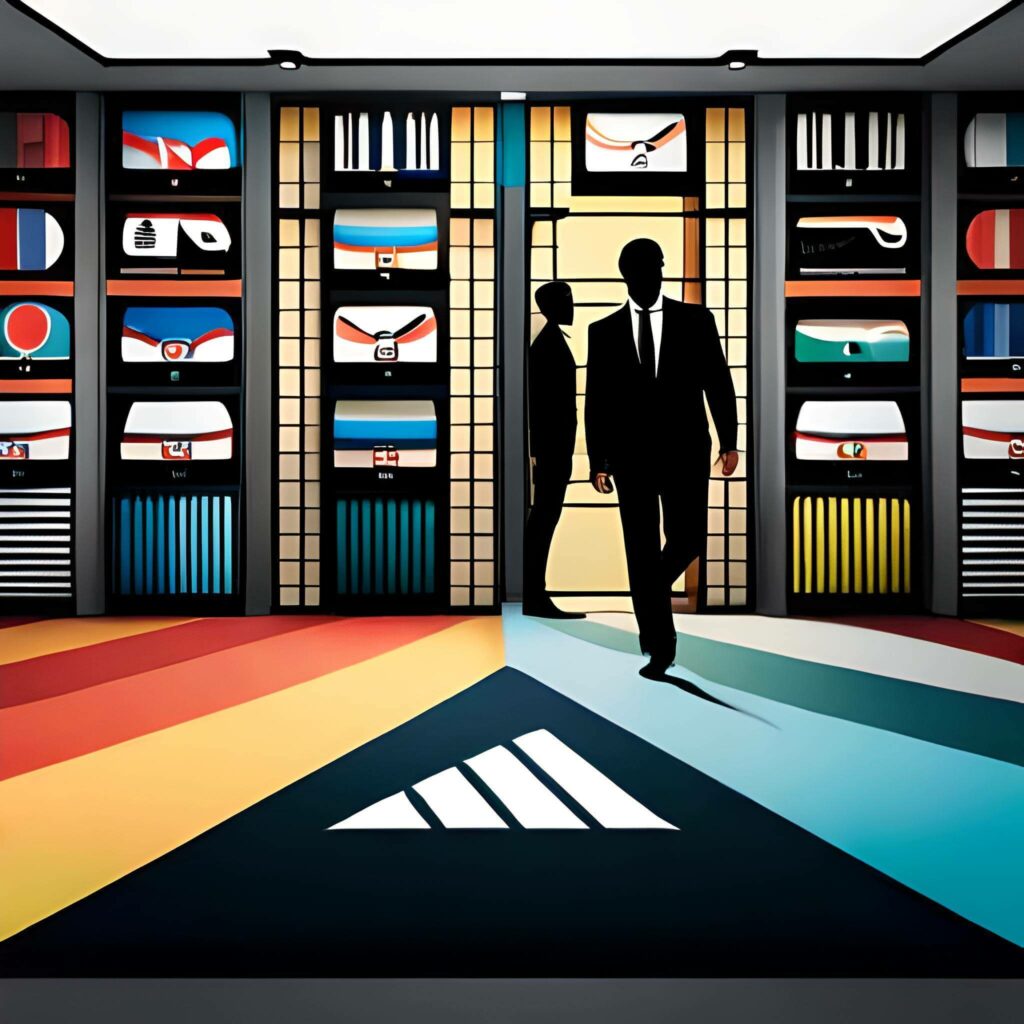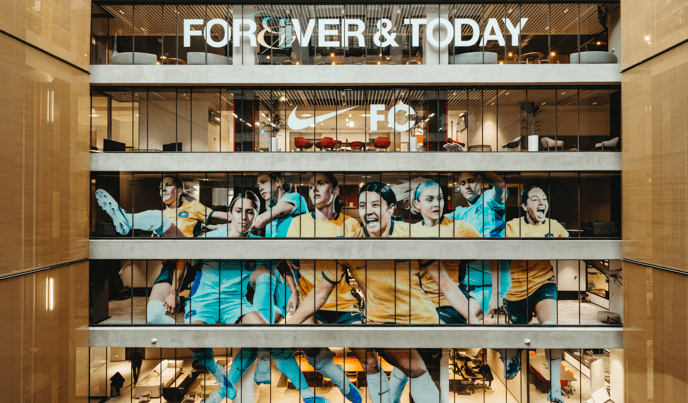
In the realm of “sports retailing,” the FIFA World Cup emerges as a global spectacle that captivates hearts and opens doors for business opportunities. The global phenomenon of the FIFA World Cup has not only captivated the hearts of billions of football fans around the world but has also brought immense business opportunities for sportswear giants. This article delves into how Adidas and Nike, two major players in the market, have been navigating through the unpredictable waves of retail demand during this historic event.
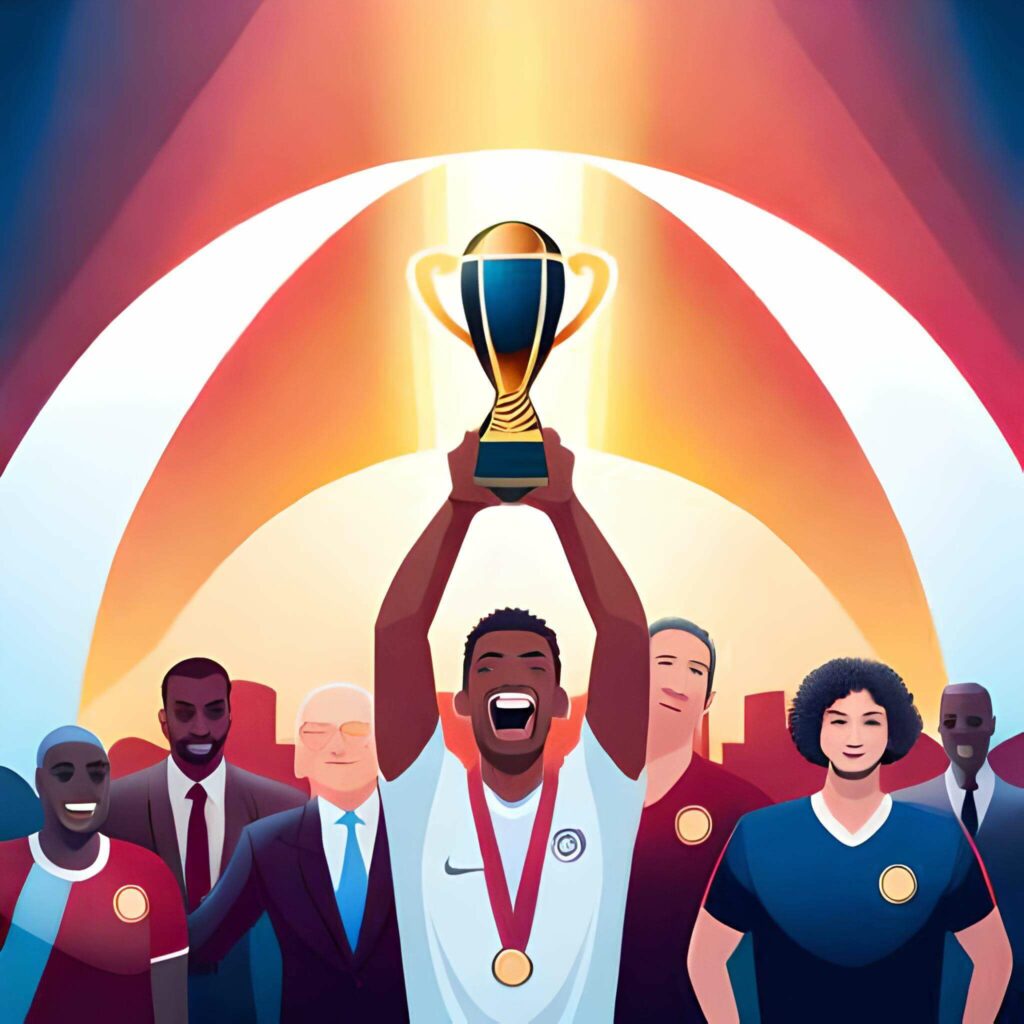
The World Cup’s Historic Impact on Retail Demand
The World Cup is not just about the thrill of the games; it also creates an unprecedented surge in sportswear sales. Fans from all corners of the globe clamor to show their support for their favorite national teams, driving up the demand for jerseys, kits, and other merchandise. With this surge, major sportswear brands like Adidas and Nike have to strategically prepare to meet the skyrocketing demand.
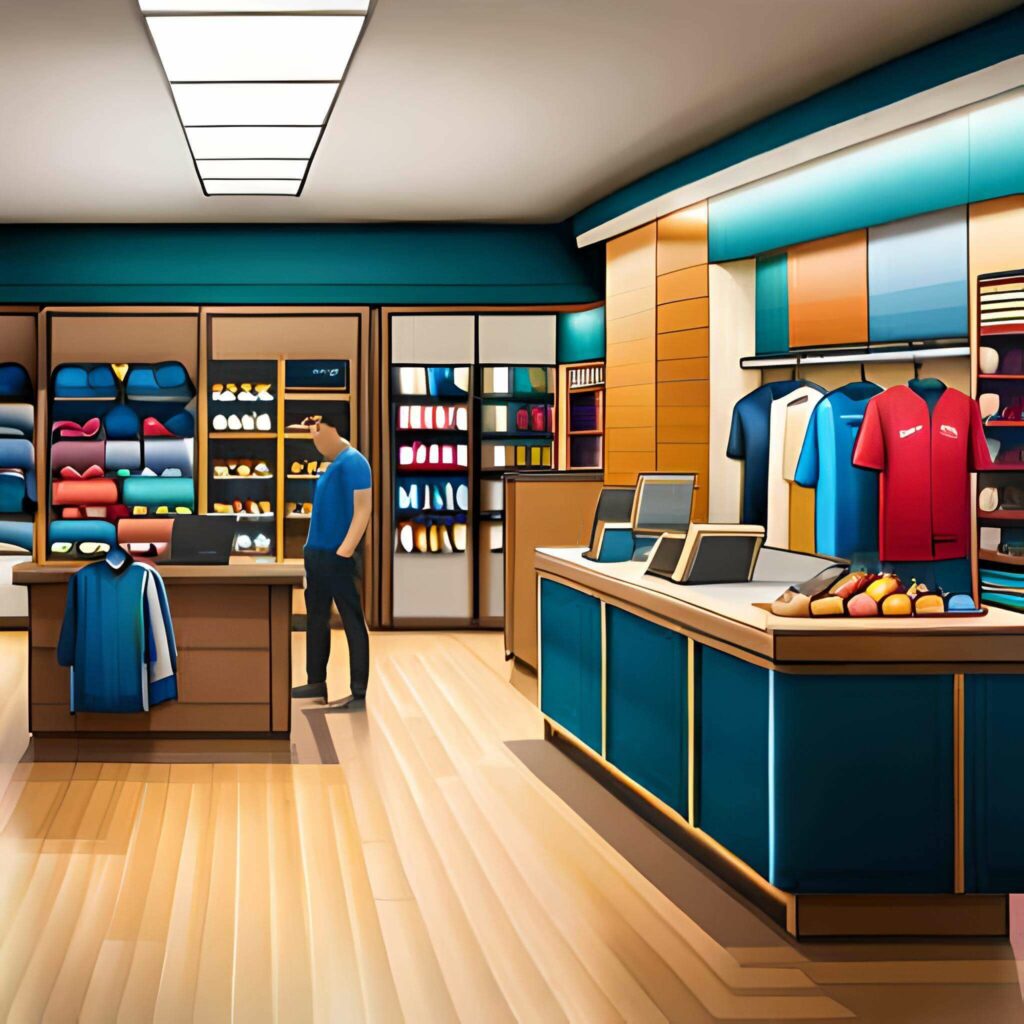
Preparing for the Global Championship
Adidas and Nike understand the significance of the World Cup and invest extensive efforts into research and development. They strive to unveil the highly-anticipated World Cup collections that capture the essence of the tournament and resonate with fans on a deep emotional level. Meticulously designed, these collections incorporate cutting-edge technology and unique aesthetics, pushing the boundaries of sports apparel.
The Battle for Sponsorship
During the World Cup, companies highly seek sponsorship deals with national teams. Both Adidas and Nike compete fiercely to secure these lucrative partnerships, as they provide unparalleled exposure and brand association. The battle extends beyond financial negotiations, with intensive marketing campaigns aimed at winning the hearts and minds of both the teams and the fans.
The Retail Boom: Clothing and Apparel
In the midst of this football frenzy, the demand for team jerseys, kits, and other merchandise reaches its peak. Fans take pride in wearing their favorite team’s colors, and the sportswear giants have to adapt their manufacturing processes to meet this influx of demand. From scaling up production facilities to streamlining supply chains, every step is taken to ensure that fans can proudly don their preferred team’s gear.
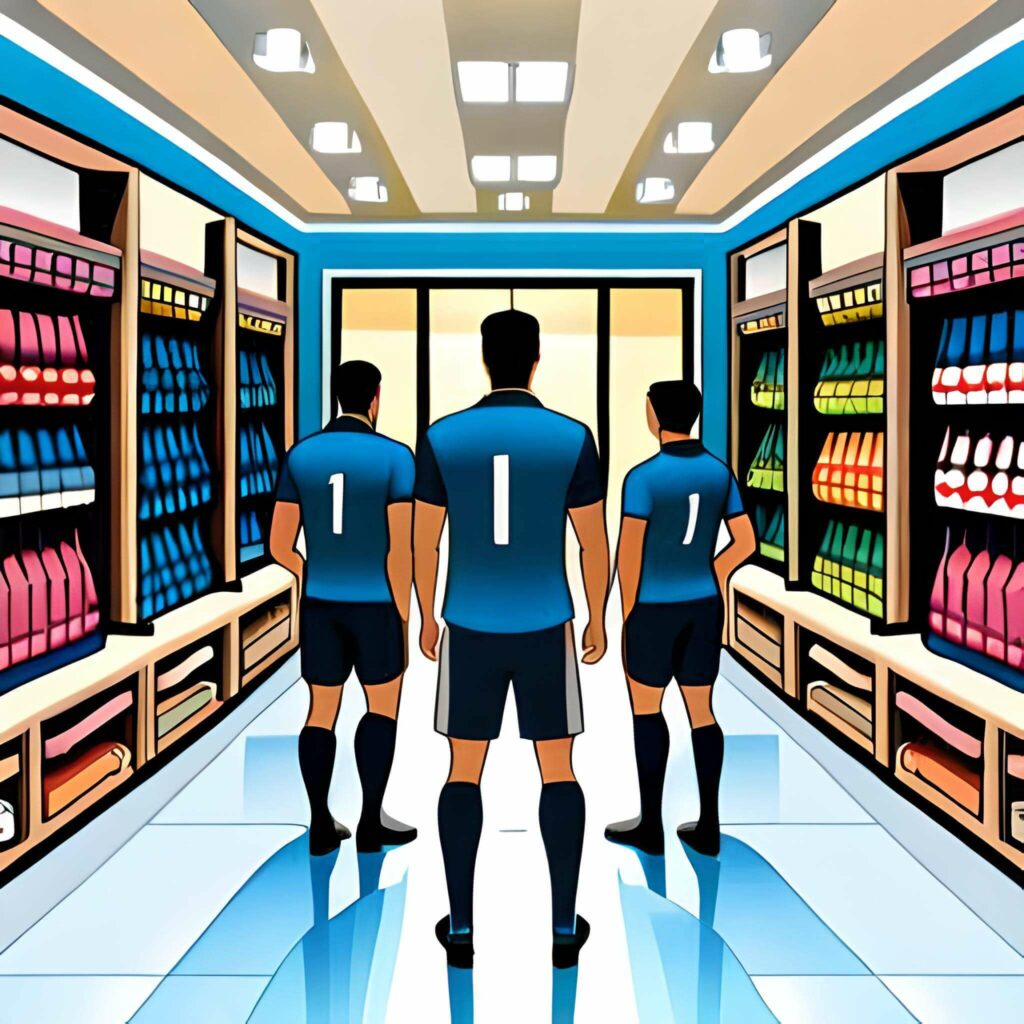
The Footwear Frenzy
Amidst the exhilaration of “sports retailing,” jerseys and kits shine, yet the World Cup sparks a sneaker frenzy among footwear enthusiasts. Adidas and Nike engage in a race to release limited edition World Cup-themed models, enticing collectors and sneakerheads around the world. These sneakers not only boast eye-catching designs but also integrate innovative technology to enhance performance on and off the field.
Infrastructure Challenges in Host Countries
Ensuring that retail demands are met during the World Cup comes with its fair share of challenges, particularly when it comes to host countries. Logistical hurdles, language barriers, and cultural differences need to be carefully navigated to provide a seamless retail experience for both locals and visiting fans. Adidas and Nike tailor their retail strategies to align with host nation peculiarities, making necessary adjustments to meet the expectations of diverse consumer demographics.

E-commerce Revolution: Online Retail Giants
In the dynamic arena of “sports retailing,” the ascent of e-commerce has transformed the retail landscape. The rise of e-commerce has revolutionized the retail landscape, and during the World Cup, it plays a crucial role in meeting the surging demand. Adidas and Nike have strategically embraced the shift towards online platforms, leveraging the vast digital reach to maximize retail sales. They implement targeted marketing campaigns, offer exclusive online-only releases, and ensure seamless online purchasing experiences for their customers.
Retail Demand in Emerging Markets
As football’s popularity continues to grow in developing nations, Adidas and Nike recognize the potential in tapping into these emerging markets. They seize the opportunity to expand their presence in countries where the sport is gaining traction. However, venturing into these markets comes with its fair share of challenges, including cultural adaptability, logistical complexities, and affordability considerations. Successfully navigating these hurdles opens doors to immense opportunities for growth.
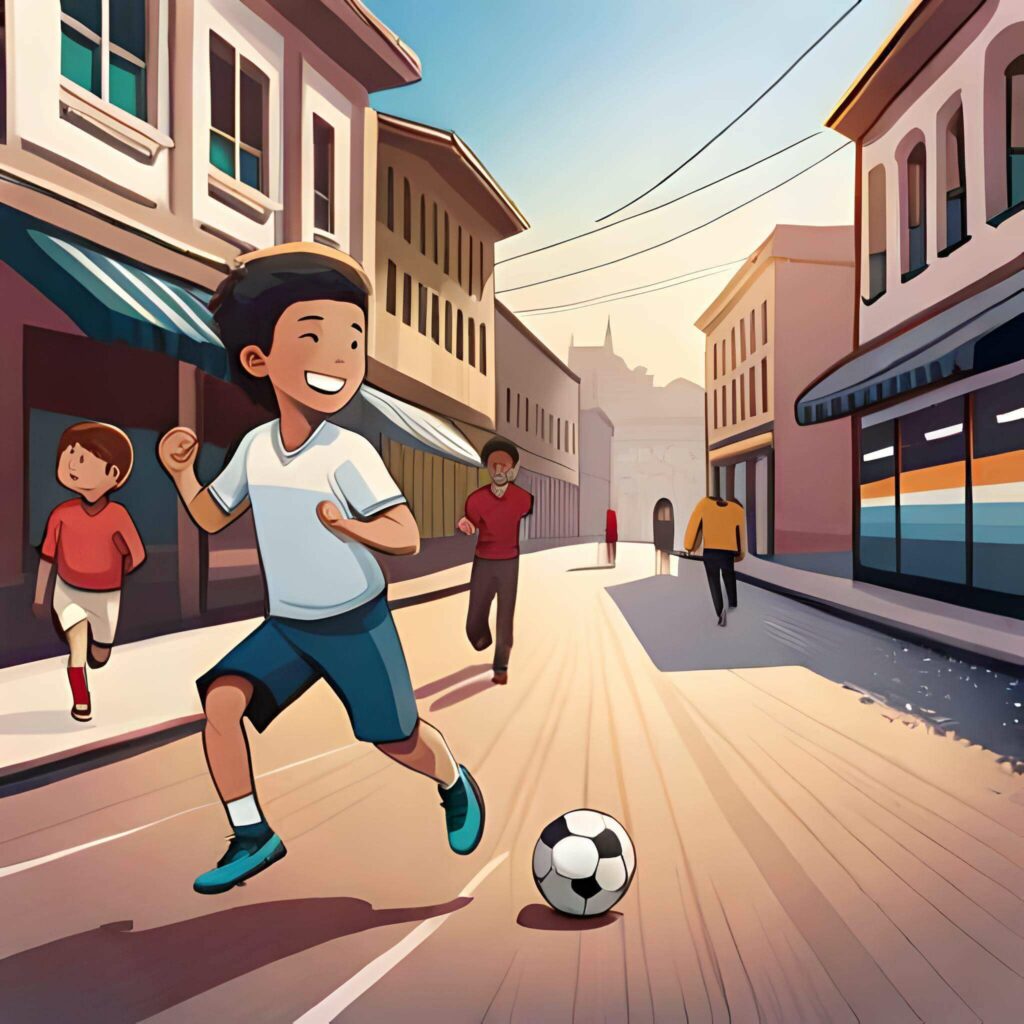
Post-Tournament Blues: Dealing with Inventory Overhang
Once the final whistle blows and the World Cup concludes, sportswear giants must face the reality of excess inventory. Strategies to manage this overhang include discounting, targeted marketing campaigns, and partnering with charity organizations to ensure that surplus stock is effectively cleared. It is during this phase that Adidas and Nike transition into post-World Cup marketing and sales plans to sustain momentum and capitalize on the residual excitement.
Summary
In summary, the FIFA World Cup creates both challenges and opportunities for Adidas and Nike in navigating the fluctuations in retail demand. From extensive research and development to battling for sponsorships, and from adapting manufacturing processes to embracing the e-commerce revolution, these sportswear giants leave no stone unturned in capitalizing on the historic impact of the World Cup. By catering to the preferences and aspirations of football fans around the world, they cement their positions as industry leaders while riding the waves of retail demand. Amidst cheers, rivalries, and unforgettable moments on the field, their strategies off the field are equally remarkable. Stay tuned as we unveil how these leaders in sports retailing tackle the fervent waves of demand and leave their mark on the world’s biggest football extravaganza.
